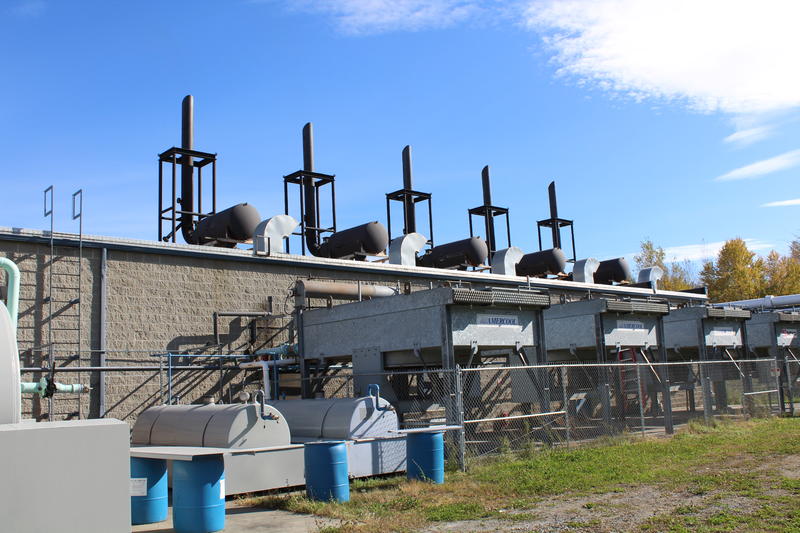Vagaries Of The Energy Market: A Boom In Renewables Leads To Higher Rates For Co-op

These generators produce electricity by burning landfill gas in Coventry. The Washington Electric Co-op has sold credits for that energy to other utilities, but the price for the credits has dropped sharply. Photo courtesy of Washington Electric Co-op
A boom in renewable energy around New England has led to higher rates for a small Vermont utility. The reason has to do with the declining value of an energy commodity know as “renewable energy credits.”
Think of renewable energy credits as one slice of a renewable project that can be sold to another utility. But we’re not talking about the actual electricity the solar or wind plant produces. Maria Fischer, an economics analyst with the state Department of Public Service, explained how they work:
“When energy is generated by a renewable resource, it generates a megawatt hour of energy but also an environmental attribute,” she said. “And that environmental attribute is what we call a REC, or renewable energy credit.”
